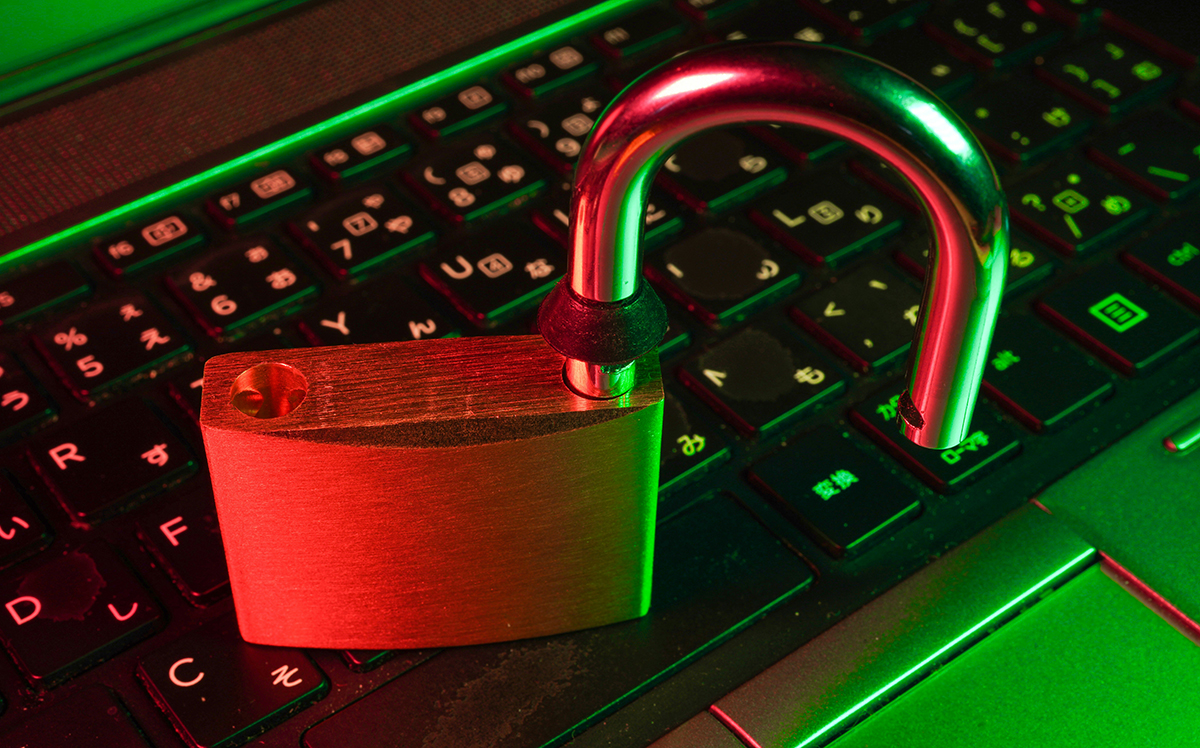Digital estate planning refers to the process of organizing and securing one’s digital assets (accounts, credentials, files, crypto, NFTs, social profiles, etc.) so that they can be properly inherited or managed in case of incapacity or death. In the age of cloud services and ubiquitous connectivity, building good cybersecurity habits is essential to ensure that your digital inheritance remains accessible and protected over time.
In this article, we will explore why good cybersecurity is a foundational piece of digital inheritance planning, practical habits you can adopt, and how DGLegacy helps bridge the gap between technical security and legacy safety.
Why cybersecurity matters in digital inheritance
When you think of inheritance, you likely picture real estate or bank accounts. But increasingly, digital assets form a substantial part of one’s estate—cryptocurrency wallets, online business accounts, NFTs, and cloud storage. If those assets are not protected with sound cybersecurity practices, heirs may never gain access, resulting in permanent loss or complicated legal battles.
Poor cybersecurity practices can lead to:
- Compromised credentials (phishing, reuse of weak passwords)
- Forgotten or inaccessible keys or seeds
- Accidental deletion or overwriting
- Unauthorized access to your accounts before the transfer.
In turn, these failures undermine any plan for digital inheritance, because heirs may not have the ability to recover or claim your assets. A robust approach must treat cybersecurity not as optional, but as the backbone of your digital legacy.
How is cybersecurity critical to your digital legacy? To see how this intersects with broader digital legacy strategy, one can look at our comprehensive discussion, where risks are explained in detail.
The state of cybersecurity behavior: What the data tells us
Before diving into habits, it helps to understand how people actually behave online—and the gaps that exist.
- According to a recent public opinion research report, a significant share of Canadian users do not regularly update software (34%), neglect strong password hygiene (e.g., only 16% of participants reported creating passwords over 12 characters long), or habitually enable multi-factor authentication (MFA) (43%).
- In the 2022 Consumer Cyber Readiness Report, while awareness of threats has increased, adoption of protective tools and consistent practices lags behind. In fact, 42% of consumers are not concerned about the privacy of their personal data collected online.
These findings show that even conscientious individuals often fail to translate awareness into ongoing security habits. That disconnect is risky when your digital inheritance plan depends on long-term security continuity.
Core cybersecurity habits for safer digital estate planning
Below is a set of practical, durable habits you should incorporate. These are not one-off tasks but behaviors to internalize over time.
- Use Strong and Unique Passwords Everywhere
Repetition is a security risk. Always use a unique, high-entropy password for each account. Consider a password generator or passphrase method. Use a reliable password manager to store them securely.
- Enable Multi-Factor Authentication (MFA)
Whenever available, require a second authentication factor (e.g., SMS, authenticator app, hardware token). MFA adds a significant barrier against credential compromise even if a password is stolen.
- Keep Software and Firmware Updated
Apply security updates to operating systems, firmware, wallets, browsers, and apps as soon as they are released. Vulnerabilities often get exploited soon after disclosure.
- Backup Sensitive Keys, Seeds, and Recovery Files
Maintain encrypted backups in multiple physical locations (e.g., safe, deposit box). A single point of failure can make all your efforts moot.
- Practice the “Zero-Trust” Mindset
Treat all emails, links, and files as potentially malicious. Verify sources before clicking, downloading, or granting permissions. This mindset reduces phishing and social engineering risk.
- Review and Audit Account Access Periodically
Every few months, check which devices are logged in, review connected applications and revoke access where unnecessary. Remove accounts or tokens you no longer use.
- Document Access Instructions Transparently
Record your processes in clear language (not just technical jargon) so heirs or trusted delegates can follow steps to access accounts. This is where the link to how digital inheritance can protect your assets and passwords becomes relevant in delving deeper into inheritance instructions.
- Simulate a “Recovery Drill”
Walk through what an heir would need to do—not just in theory but as a test. Maybe ask a trusted person to try recovering from the documentation you supplied (without viewing your secrets). This ensures the process works in practice.
If you foster these habits over time, your digital inheritance plan becomes more resilient—even under stress or staff change.

Source: Unsplash.com
How DGLegacy supports cybersecurity in legacy planning
DGLegacy is committed to bridging the divide between cryptographic security and inheritance usability. Here’s how it complements the habits above:
- Secure vaulting and backup. DGLegacy offers encrypted, redundant storage for keys and credentials, reducing the risk of catastrophic loss due to single-point failures.
- Inheritance workflow automation. Rather than relying on ad-hoc documentation, DGLegacy formalizes who inherits what and under what conditions, reducing ambiguity.
- Access continuity with triggers. Time-locks, dead-man switches, or multi-party triggers guard against long periods of inaction.
- User education built in. The product embeds best practices and encourages audit reviews and security checks to align with good cybersecurity habits.
In applying these tools, users can better ensure that their digital inheritance is both technically safe and practically accessible.
Balancing access and security: tips & trade-offs
Sometimes a tension emerges between security and ease of access. Here’s how to strike balance:
- Use tiered access. For highly sensitive assets (cold wallets, master keys), use stricter controls; for less critical accounts (social media, photo storage), allow more accessible measures.
- Use multisig wallets. Require multiple parties to authorize transactions, reducing single points of compromise.
- Select trusted break-glass contacts. Rather than broad access, designate a few individuals who could override security under verified conditions.
- Periodic re-validation. Require heirs to reconfirm their status or identity before granting access, especially if many years pass.
These trade-offs avoid placing legacy planning at odds with cybersecurity.
FAQ: How cybersecurity affects inheritance
How does cybersecurity affect inheritance?
Good cybersecurity determines whether heirs can actually access and claim your digital assets. Even with a well-written will or trust, if the credentials or keys are lost or compromised, the legal plan collapses in practice.
Can heirs recover accounts after death without good habits?
It depends on platform policies, legal jurisdiction, and your documentation. Many exchanges and services require court orders or proof of authority — and without proper security or instructions, even that may be impossible.
Does DGLegacy replace a will or trust?
No. DGLegacy complements legal instruments by managing the secure handoff of digital access, but should be integrated with conventional estate planning.
Realities and trends in digital inheritance
From a study made in Cornell University, in Web3 research, mechanisms like “social recovery” pallets and soulbound tokens are being explored as technical methods for digital inheritance in decentralized systems.
On the legal side, the European Law Institute has launched a project on succession of digital assets and other digital remains, signaling growing regulatory attention to digital inheritance frameworks.
These developments reinforce that digital inheritance is not a niche concern — it’s rapidly becoming mainstream.

Source: Freepik.com
Building capacity over time
Good cybersecurity habits are not built in a single session — they evolve through discipline and reinforcement. Here’s a suggested roadmap:
| Timeframe | Focus Area | Key Milestones |
|---|---|---|
| Next quarter | Inventory + access | List all digital assets, credentials, key seeds, and document their locations |
| Next quarter | Security baseline | Ensure each account uses strong password + MFA, enable auto-updates, begin backups |
| 6 months onward | Simulation & audit | Run a recovery drill, audit access logs, refine instructions and workflows |
| Annual review | Refresh and update | Re-encrypt, rotate keys or PINs, update instructions, verify heirs’ ability |
By spacing it out, you reduce the risk of overwhelm and ensure consistency.
Key takeaways for a secure digital legacy
In digital estate planning, good cybersecurity practices are not a peripheral concern — they are the very foundation upon which your digital inheritance depends. Without secure, durable habits around passwords, backups, multi-factor authentication, auditing, and documentation, your heirs may find themselves locked out, unable to recover the assets you intended them to manage or inherit.
By combining rigorous habits with a tool like DGLegacy, you create layers of protection that serve both technical resilience and legal clarity. As law, regulation, and technology evolve, those layers become even more essential.
If you’re considering building out your digital inheritance plan, begin with the basics: embed security into your daily habits. That groundwork will make your legacy far more than a document — it becomes a living, accessible bridge to those you trust next. And yes — for those asking, is cybersecurity a good major? Yes. Knowing more about this practice offers deeper insight on the advantages of a secure digital legacy.
Let your legacy be defined not by what was lost, but by what was thoughtfully preserved.




